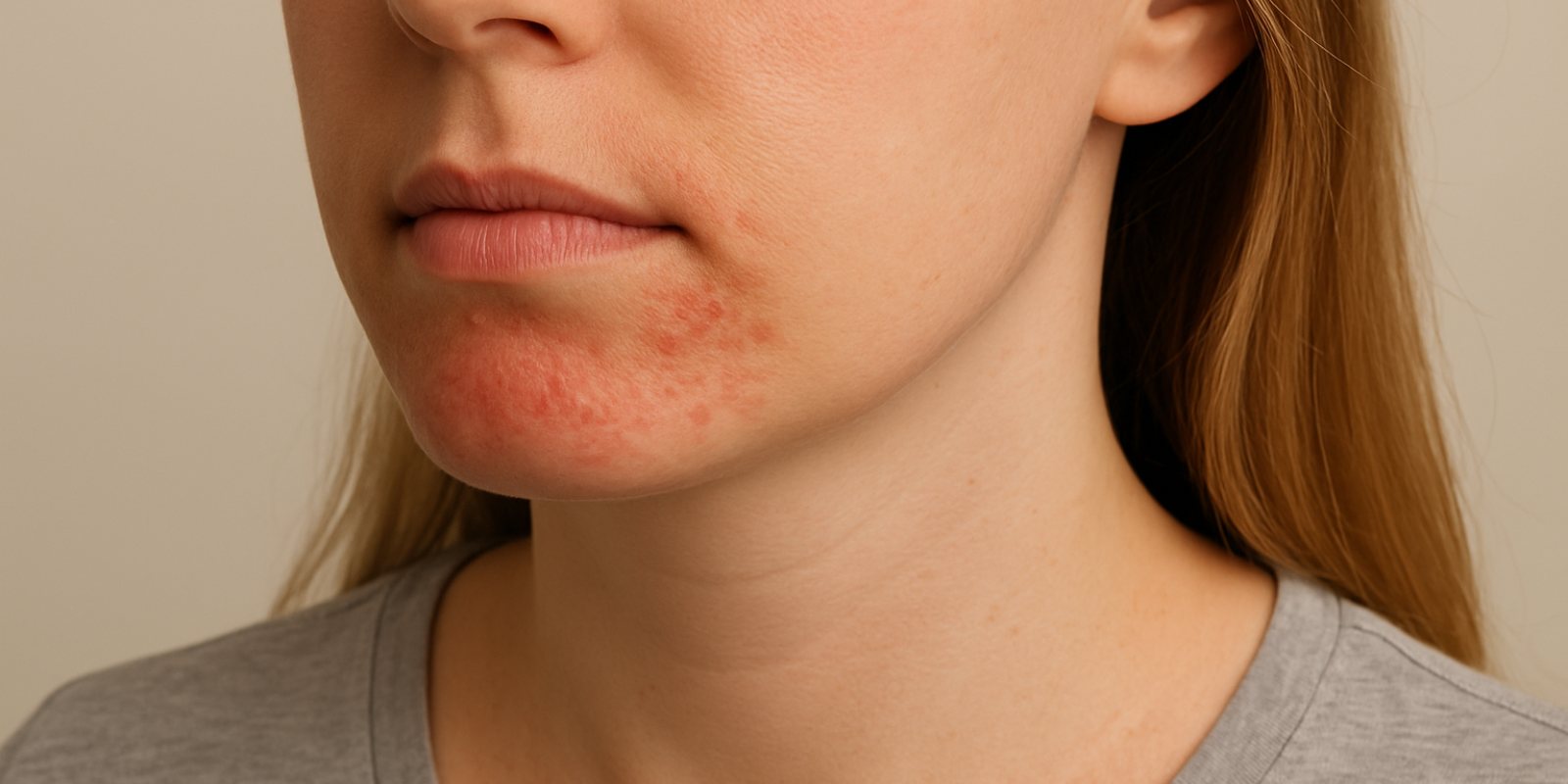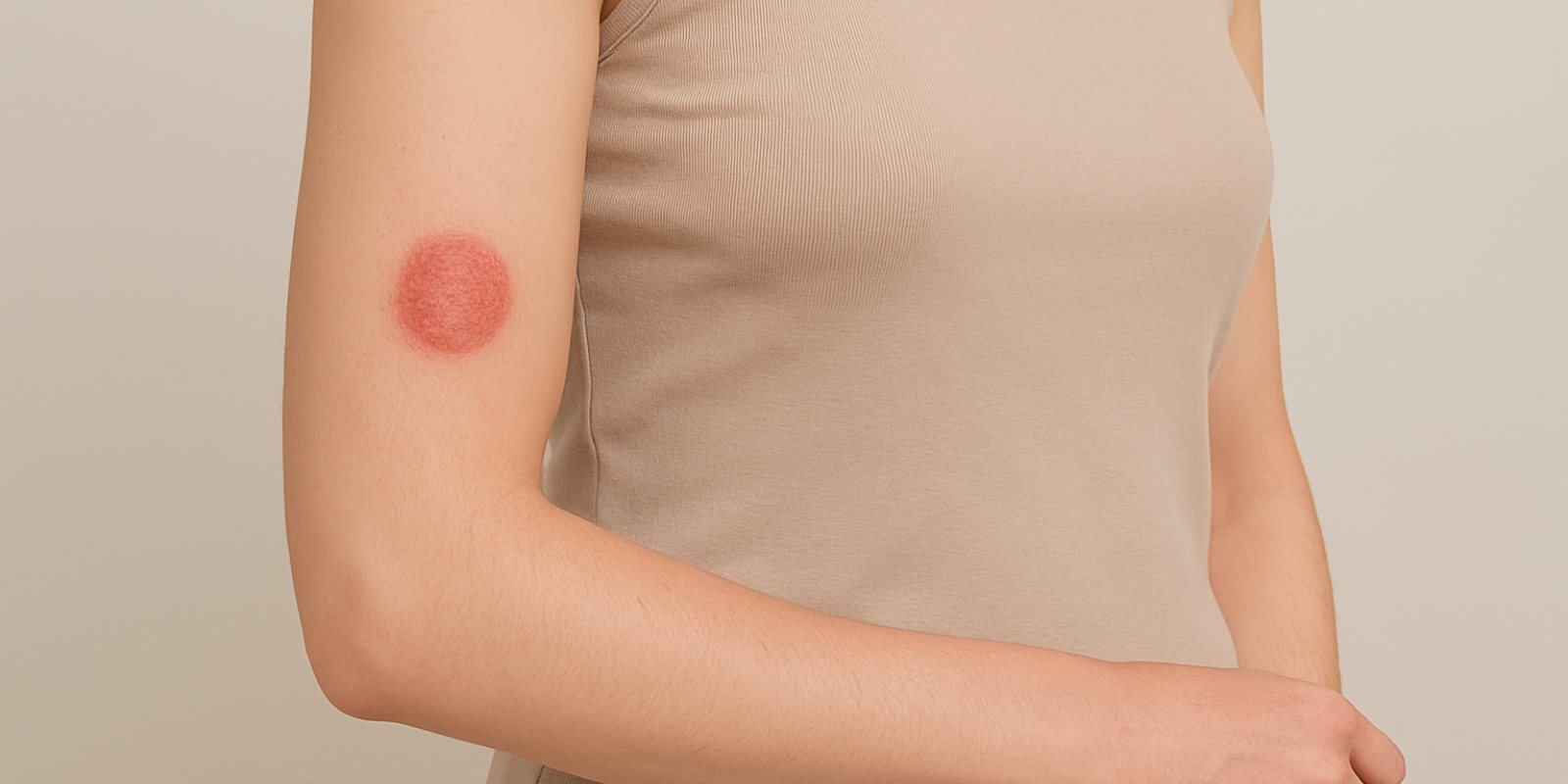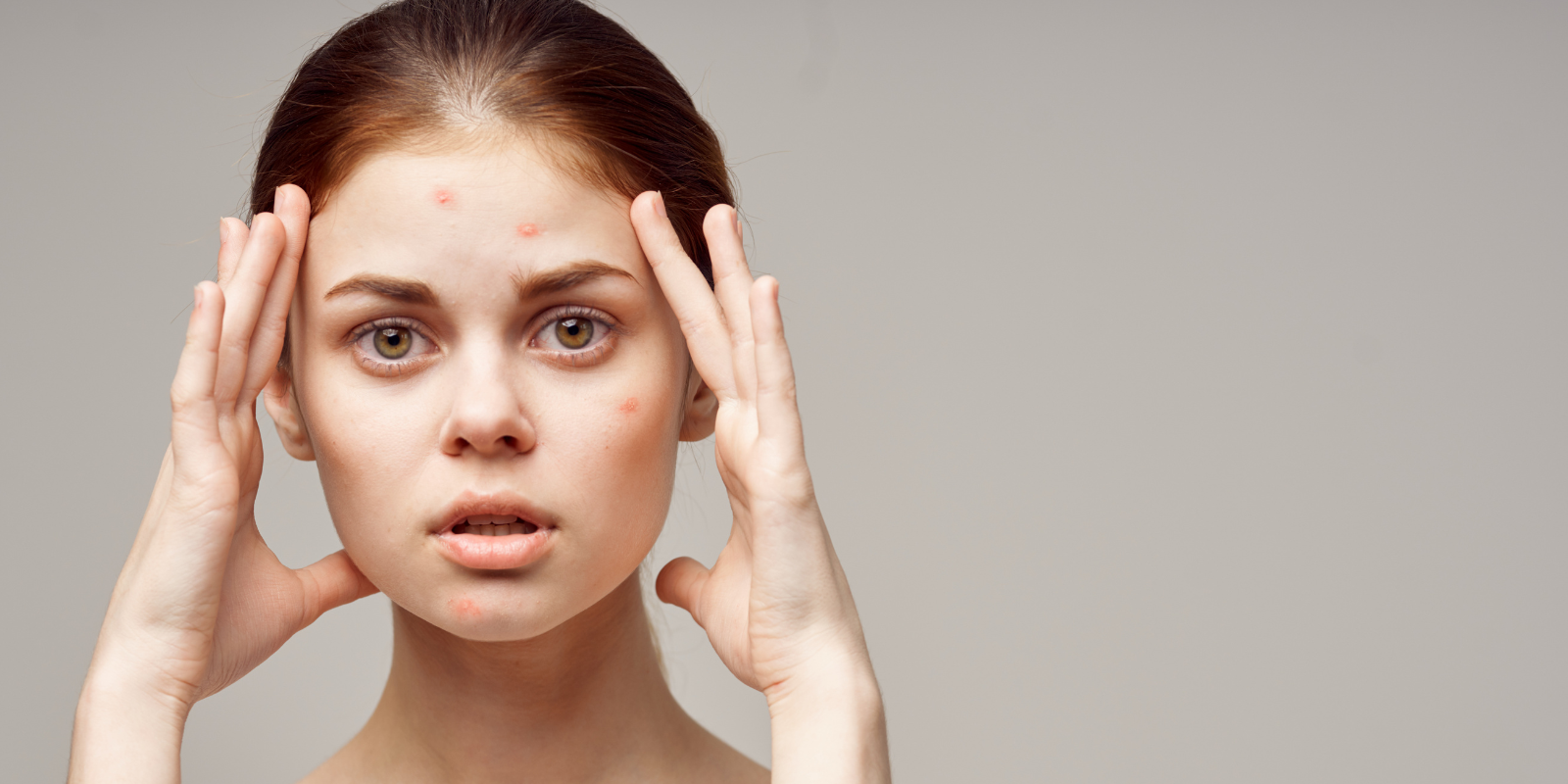
Acne
Acne
- a complex condition that requires a personalized approach -
Acne is a common dermatological condition, with an impact on both aesthetic, as well as emotional. It commonly affects adolescents, but increasingly adults, especially women. It is not a superficial problem and should not be treated as such – acne has multiple causes and varied forms, and treatment must be adapted depending on the type of lesions and the particularities of each patient.
Signs indicating the presence of acne
Acne symptoms can vary depending on severity and type:
- closed comedones (whiteheads) or open comedones (blackheads)
- papules (red pimples, without pus)
- pustules (pus-filled pimples)
- Deeply located painful nodules or cysts
- post-acne marks or scars.
When lesions persist, spread, or are accompanied by severe inflammation, a dermatological consultation is recommended. Correct diagnosis of the type of acne is essential for the effectiveness of treatment.
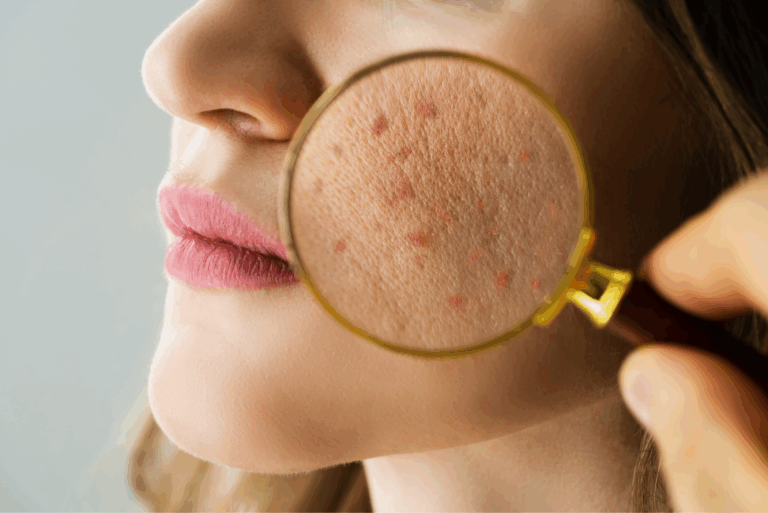
Acne classification – types and characteristics
Identifying the form of acne is an essential step in choosing the correct therapy.
Comedonic acne (non-inflammatory acne)
- It occurs due to the accumulation of sebum and dead cells that block pores.
- The lesions are not painful and do not involve inflammation.
- It is effectively treated with chemical exfoliants and topical retinoids.
Nodulocystic acne
- The most severe form of acne, characterized by deep, nodular or cystic lesions.
- It can leave scars if not treated properly.
- It requires dermatological evaluation and, often, systemic treatment (including isotretinoin).
Acne induced by external factors (maskne, mechanical acne)
- Caused by friction, excessive sweating, prolonged use of protective masks.
- It is remedied through rigorous hygiene and non-comedogenic dermato-cosmetic products.
Papulopustular acne
- It includes red bumps (papules) and pus-filled bumps (pustules).
- It is an inflammatory form, common among adolescents.
- Treatment involves combinations of topical antibiotics, retinoids, and sometimes systemic treatment.
Hormonal acne
- Common in adult women, especially in the mandibular and chin area.
- Worsened during certain phases of the menstrual cycle.
- Treatment may include an endocrinological approach and hormonal therapy (e.g. contraceptives, antiandrogens).
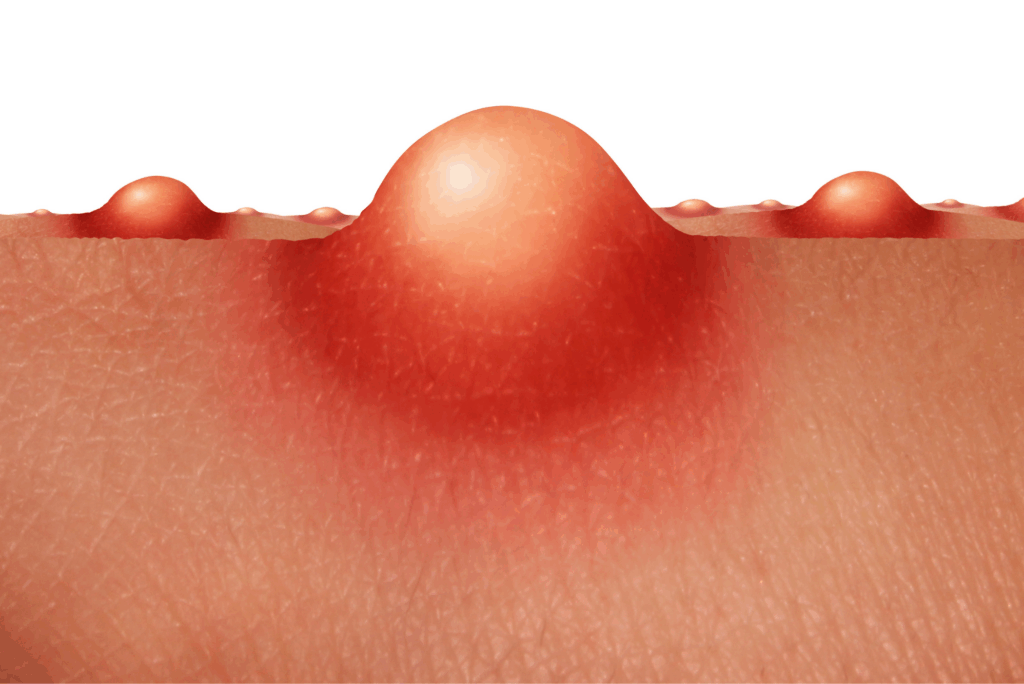
What triggers acne?
The causes of acne are multifactorial:
- sebum hypersecretion
- blocked pores
- bacterial colonization (especially Cutibacterium acnes)
- hormonal changes
- stress, unbalanced diet, insufficient sleep
- use of comedogenic products
Acne is not a hygiene problem. On the contrary, excessive washing or using harsh products can worsen the symptoms.
Therapeutic options
What solutions are there?
Treatment must be established following a dermatological consultation and is adapted to the severity and type of acne:
- Topical treatments: retinoids, benzoyl peroxide, azelaic acid, local antibiotics.
- Systemic therapy: oral antibiotics, contraceptives, isotretinoin.
- Complementary treatments: chemical peels, light therapy, mesotherapy.
Personalized master treatments
An effective solution, adapted to the specifics of each patient, is masterful preparations.
These:
- are made on prescription, according to the instructions of the dermatologist
- offers a unique formulation for each case, reducing the risk of side effects and increasing efficiency.

You can check out some examples of acne formulations here



